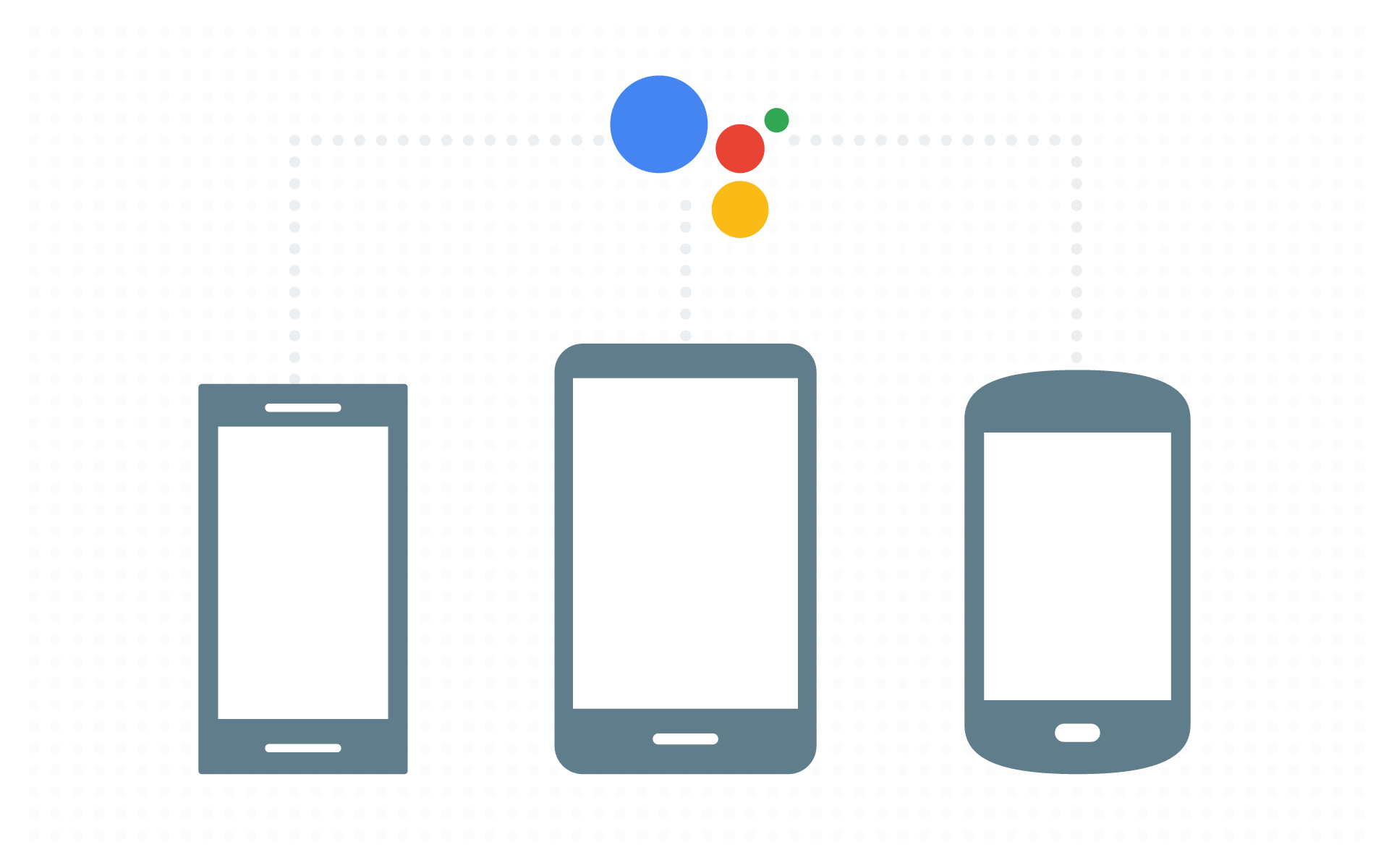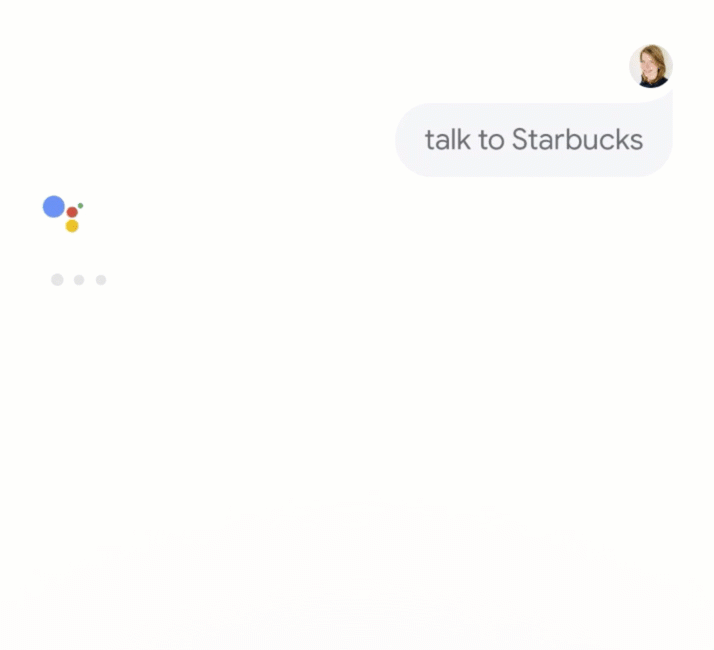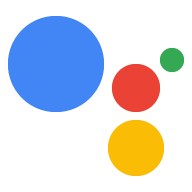
Telefonların hem ses hem de görseller dahil olmak üzere çok modlu özelliklerini kullanarak hareket halindeyken kullanıcıların işlerini tamamlamalarına yardımcı olun.
Modaliteler
Ekranı olan mobil cihazlarda İşleminizin iki yöntemi desteklemesi gerekir:
- Sesli çağrı
- Klavye çağrısı
Kullanıcıların bir İşlem içinde bu yöntemler arasında geçiş yapabileceklerini unutmayın. Bu modellerin her birine özel zengin yanıtlarınızı tasarladığınızdan emin olun. Örneğin, klavye çağrısında SSML'de sağlanmışsa hiçbir ses çalınmaz. Yanıt, kullanıcının bir ses duymasına bağlıysa ve cihaz klavye özelliğini kullanıyorsa İşleminizin ne tür bir ses çalındığını açıklaması gerekir.
Akıllı telefonlarda bir ekranın kullanılabilir olup olmadığını ve giriş yöntemini belirlemek için aşağıdaki kodu kullanabilirsiniz:
- Ekranı var:
if (conv.screen) - Sesli iletişim yöntemini kullanır:
if (conv.input.type === 'VOICE') - Klavye kalıcılığını kullanır:
if (conv.input.type === 'KEYBOARD')
İpuçları ve en iyi uygulamalar
- Ekrandan en iyi şekilde yararlanmak için zengin yanıtlar ve tema özelleştirme özelliklerinden yararlanın.
- Kullanıcıların mobil cihazlarla etkileşimde kalmasını sağlamak için push bildirimleri kullanmayı düşünebilirsiniz.
- Kullanıcının hareket halinde olduğunu ve görevini mümkün olan en kısa sürede tamamlamasına yardımcı olmaya çalıştığını unutmayın. Doğal ve sezgisel konuşma akışlarını nasıl oluşturacağınızı öğrenmek için konuşma tasarımı kılavuzuna bakın.
- Sesli olarak daha iyi yönetilen deneyimler için web sitenizden, mobil uygulamanızdan veya sosyal medyadan doğrudan İşleminize derin bağlantı verin.


